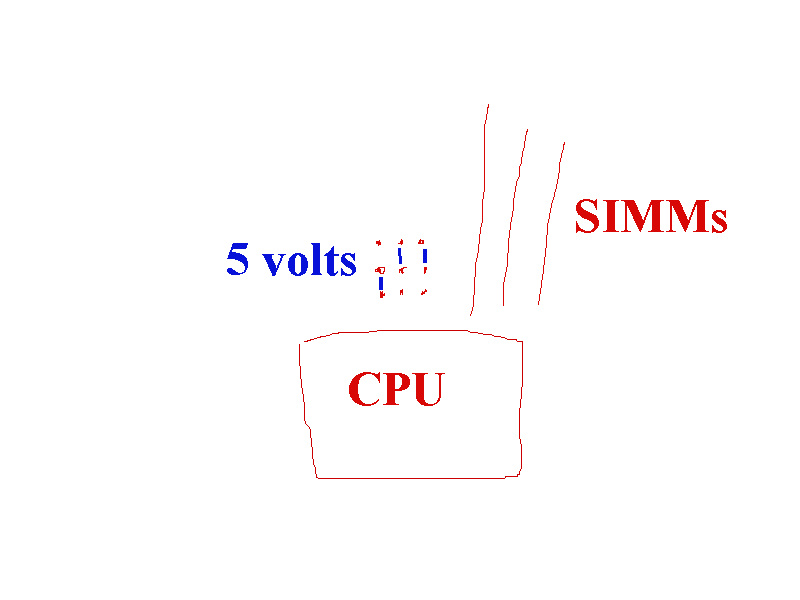Reply 140 of 219, by Tetrium
- Rank
- l33t++
wrote::happyhappy: Oh I know how that goes. One thing leads to another and soon there are 10 packages on the way. […]
wrote:@swaaye
I've always been intrigued by the MediaGX, but am afraid it would open a can of worms with my Cyrix 5x86 obsession. It could end up being a money pit of doom.😁 Oh I know how that goes. One thing leads to another and soon there are 10 packages on the way.
wrote:Relative to Pentium, how fast is a 200mhz 486? About a Pentium 100? If that's as fast as it goes, wouldn't a Pentium Overdrive 83 have more overclock potential on this motherboard since it's almost to 100mhz to start with?
Yeah a Pentium tends to be about twice as fast at the same clock rate unless you are using the FPU a lot or have an app with significant Pentium optimizations. In some cases Pentium may be about 3x faster per clock because of optimizations in addition to its vastly faster platform.
How will the 2 compare in speed when not using Pentium optimized code? I remember that in the beginning the Pentium 60 was about as fast as a DX4-100 when the Pentium was brand new. That would make the Pentium roughly 50% faster when using non-optimized code?









